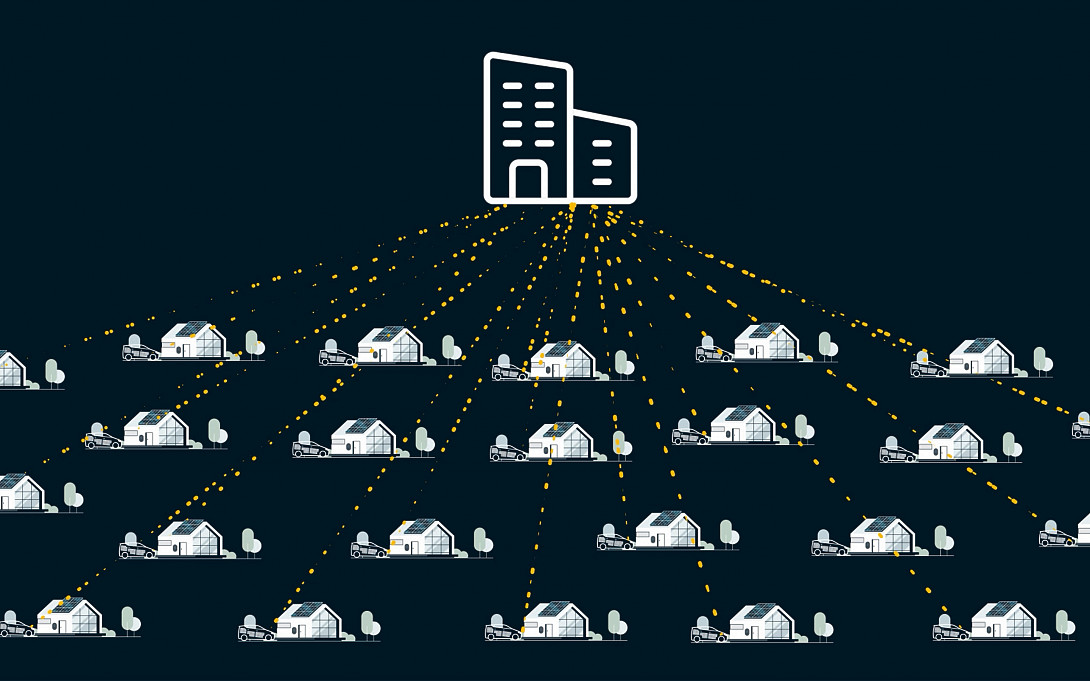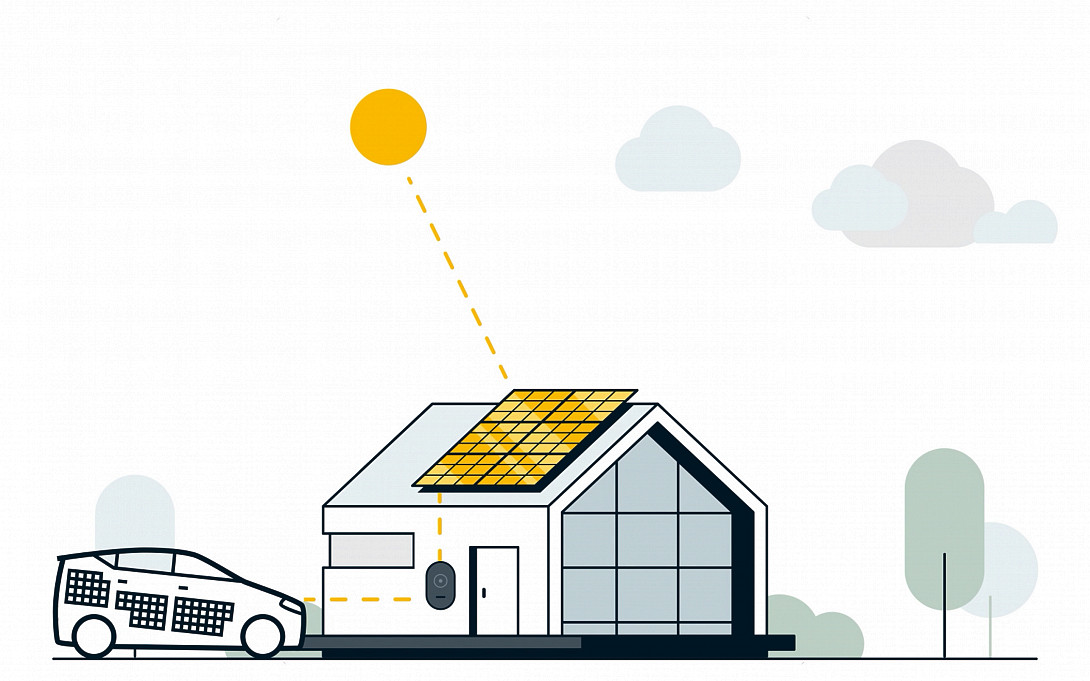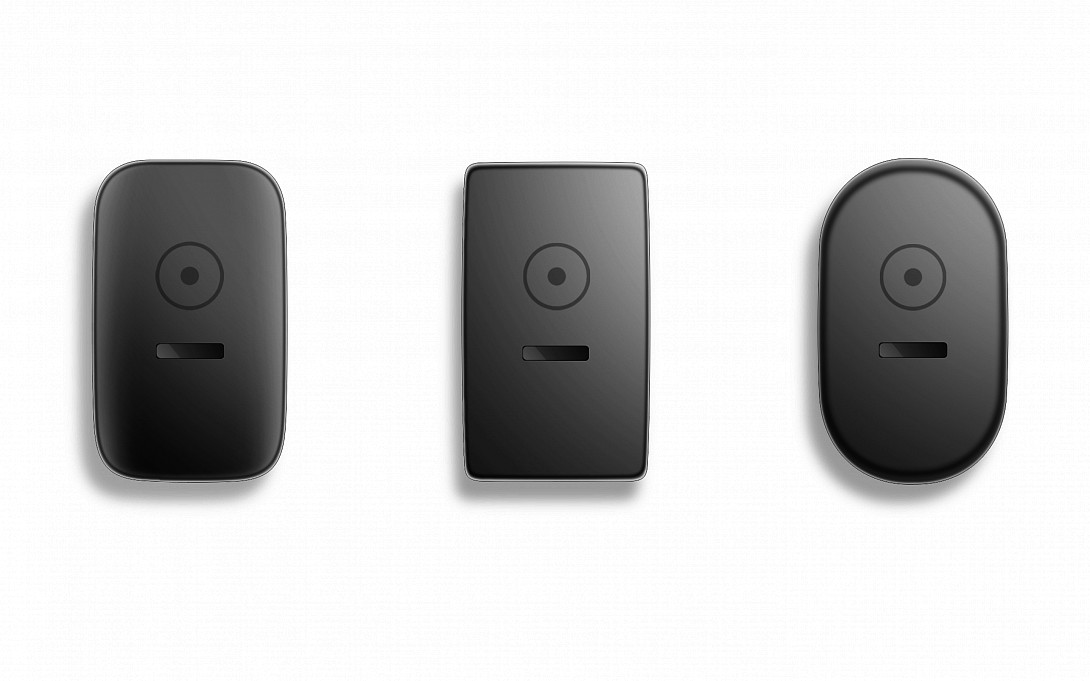While some of our readers are already familiar with the topic, perhaps they have already installed a corresponding device themselves, for others it’s still new territory. We are, of course, talking about wallboxes, also known as wall-mounted charging stations. In principle, these are small charging stations for electric cars, mounted onto house walls or columns.
These then take over the vehicle’s connection to the power grid and communicate the available current strength for charging to the vehicle’s internal on-board charger. This guarantees that the car’s battery can always be charged with the maximum power available, thanks to a Type 2 charging cable.
This enables charging power of up to 11 kW, almost five times as much as via a conventional household socket. Sounds extremely useful, especially for homeowners. Wallboxes can be a great complement to charging infrastructures that are often still weak, especially in rural areas. There are already a lot of models on the market. So why then are we developing our own now? The answer lies in the magic word ‘bidirectional’, i.e. the ability not only to deliver electricity but also to feed it back into the grid. Wallboxes of this kind already exist, but remain very expensive. Bidirectional wall-mounted charging stations can cost up to €6,000, depending on the model, features and manufacturer. In addition, there are the installation costs, which are highly dependent on the effort required for installation. These usually range between €400 and €2,300.
The Energie Revolution – Right at your Front Door
So much for walboxes’ general functionality. But, which applications are actually possible? How much cheaper will the Sono wallbox be? In order to find the answers to these and other questions, I asked my valued colleague Tilmann Laux for his help. As product manager at Sono, he is responsible for the customer experience around the topic of bidirectional charging and oversees development of the Sono wallbox.
Julius: Tillmann, to put it simply — what distinguishes our wallbox from other models?
Tillmann: Two things are crucial here. Firstly it is a bidirectional wallbox. That means that it not only relays electricity from the grid to the Sion, but can also relay electricity stored within the Sion itself — to the home or national grid, for example.

Secondly, our model is not a DC bidirectional wallbox, but an AC bidirectional wallbox. Until now, only DC bidirectional wall-mounted charging stations have been available. These have an inverter installed to convert alternating current into direct current. However, since we have deliberately developed the Sion so that it can deliver alternating current, we do not need an inverter in the wallbox and can therefore massively save costs here. This is expected to make our model up to 70% more affordable than DC devices.
Julius: What role does the wallbox play in the range of features offered by the Sion?
Tillmann: First and foremost, it is a device that makes it possible to use the Sion as a home storage system. The Sono wallbox enables the Sion to deliver electricity to a building. We are then talking about so-called vehicle to X applications
Julius: So more than just a car? What applications does the wallbox enable?
Tillmann: Our current focus is on the topic of vehicle-to-home (V2H). The electric vehicle is used as a mobile electricity storage unit for a building that is connected to the public grid. For instance, surplus electricity from a rooftop photovoltaic system that cannot be consumed in the house, can be temporarily stored in the vehicle’s battery. At times when the PV system is generating no or little electricity, this stored electricity can be then taken from the Sion again to supply the house with energy.
If we take a look into the future, the topic of vehicle-to-grid (V2G) will play a leading role in the energy revolution. In the case of V2G, the vehicle is either directly or indirectly connected to the electricity grid via a building. The stored energy is fed back into the grid. This has several advantages. Instead of switching wind turbines off during times of surplus energy, the surplus could be temporarily stored in the vehicle’s battery, for example. A network with several e-cars could even cushion peak loads. However, there are still some legal hurdles that we are not able to directly influence.

Julius: Buzzword SOP. Why are we also developing a wallbox for the Sion? Couldn’t this hold us back?
Tillmann: There are various reasons for this. The question of a suitable wallbox is one of the most frequently asked by our Community. Our supporters would like to have one. In addition, a bidirectional wallbox also requires adequate development time. We are therefore starting now so that we can guarantee availability for the Sion’s SOP in spring 2023. We want to ensure we have enough time to do detailed tests on the wallbox and the Sion together. After all, the wallbox is a very important piece of the puzzle in our vision of a world independent of fossil fuels.
Julius: Another question about home storage systems. How exactly can the Sion be used as a storage system?
Tillmann: The vehicle and building will be connected using a Type 2 plug, just like when charging. It’s not necessary to reconnect the charging cable. As a user you can simply use the Sono app to set the proportion of the battery you wish to use to supply the building with and how much range is needed for the next morning.

The home energy management system (HEMS) then takes control of when the Sion is charged and discharged. The HEMS monitors the grid connection point to the house and if, for example, you have a rooftop PV system and produce more electricity than you need, the Sion is charged using that excess. If your PV system doesn’t produce enough electricity for the house’s energy consumption, the additional energy needed is supplied by the Sion. No more energy than is actually needed is supplied to the house. In other words, no energy is fed into the national or public grid. The communication for all these functions works very simply via ethernet or wifi (WLAN).
Julius: And for how long can the Sion supply a house with electricity in theory?
Tillmann: A household consumption of 10 kWh per day, which is about the average consumption of a 4 person household, could be supplied by the Sion for up to five days. After all, the battery has a capacity of 54 kWh. For comparison, a stationary home storage unit usually has a 5-15 kWh capacity. The Sion can therefore store many times that amount of energy. Of course, this time period depends on the actual individual power consumption. So you can’t really give a general answer here.
Julius: Even so, you get a great feel of what you can do with this wallbox. In any case, it opens up a wide range of interesting possibilities. Thanks for your informative explanation Tillmann!
Tillmann: My absolute pleasure - any time!
The Sono wallbox has so much potential, as soon as permitted in law. The topics of bidirectional charging, V2H and V2G play very important roles on the way to 100% renewable energy usage. They also enable more efficient use of vehicles — beyond their role as a means of transport. It’s therefore important to create corresponding laws to expedite this. At the current time, the implementation is being examined in various pilot projects in order to create the legal framework on this basis.

[Incidentally, at the moment we haven’t decided on the Sono wallbox’s final design. If you’d like to take part in this decision and have your say, you have the choice to vote for one of three designs. The design with the most votes wins.] The survey was closed on September, 13 2021
If this has sparked your interest and would like to be kept up to date, simply sign up for our list here without commitment. We will contact you as soon as there are any further details. Last but not least, Tillmann has summarized the most important information for you again in this video.
